Design and Build Quality
Casing
The SMSL DO200 comes in the exact same package as the SO200, a big, white, retail box. Being used to SMSL products, I was expecting a simple, brown, card box with a printed SMSL logo. It’s not much, but like every product, every detail counts, and a nice box immediately raises your expectations.
Out of the box, you get a medium-sized DAC, measuring 210mm x 170mm x 40mm, the same dimensions as the SO200, so you can pile up the two devices and get a nice totem. The conservative footprint is paired with a slick design, and both found their way just under my computer’s screen, fitting RIGHT under my sight of view.
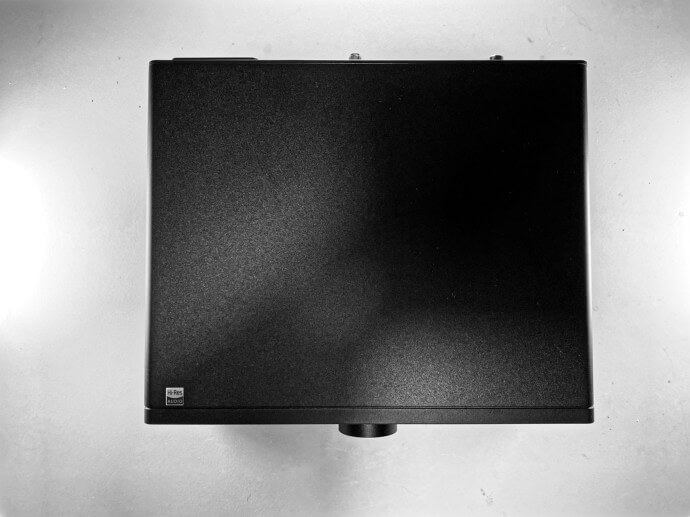
At 1.20kg, this is a dense DAC that inspires confidence, and once again I was pleasantly surprised by how well the device appeared, out of the box. Built quality is flawless and the DO200 is as sturdy as it looks, and the only issue for me would be the lack of resistance while using the potentiometer. Apart from that, everything – from the layout to the digital screen – was perfect.
Layout
The SMSL DO200 I/O is very comprehensive, with every port you may ever need, in both ways. There is a nice LCD screen too, that gives you lots and lots of options to route, tune and arrange how and where you want to listen to your music.
The back panel comes with two outputs ports:
- 1x XLR to connect a balanced amplifier
- 1x RCA to connect an unbalanced amplifier
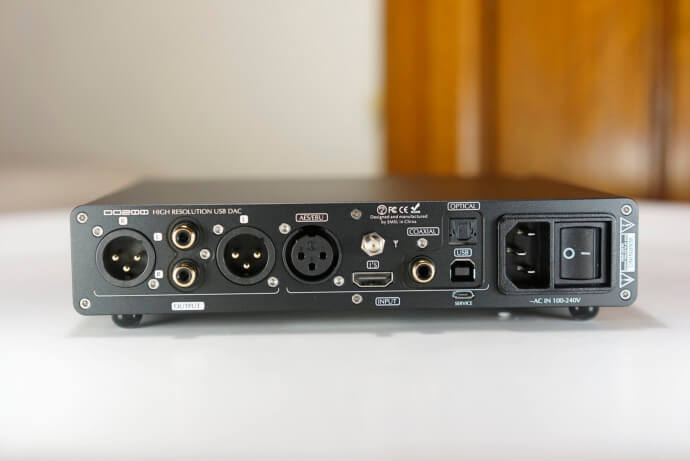
And no less than six input ports, to cover every type of source:
- 1x XLR AES/EBU port, mostly used in a studio environment
- 1x USB-B port, to connect your computer or a DAP
- 1x Coaxial port, a classic found on a wide lot of sources
- 1x SPDIF port, same as above, you can find it on CD-Players or even your game console
- 1x Bluetooth antenna, thanks to its new BT chipset, the DAC support Hi-Res Bluetooth decoding (LDAC, aptXHD, SBC, AAC)
- 1x HDMI port for I2S support, like the Cayin iDAC-6
- last but not least, you can also see a USB-C port, that should be used for firmware upgrade.
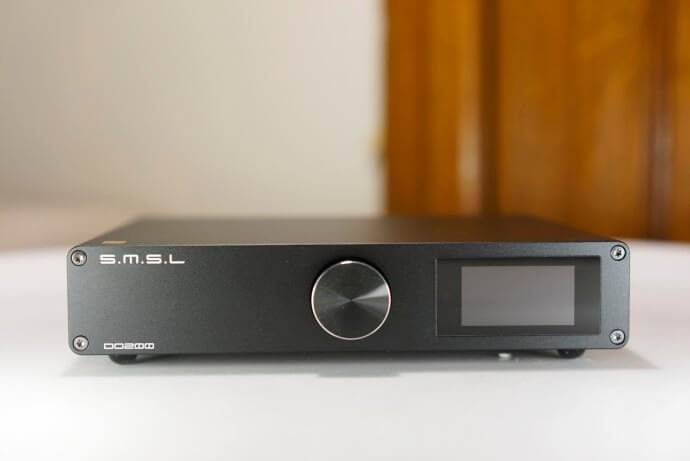
Then, upfront, you’ll find:
- a clickable control wheel, that allows you to set the volume in pre-amp mode, and access the full menu…
- … available through the LCD screen, located on the right side of the front panel
Finally, I was, once again, surprised to see that the SMSL DO200 also integrates the power supply, whereas old devices like my AD18 relied on a separate one. If a bit heavier, this also means that you can use a classic plug.
So, let’s set up the DO200 and see how it goes.
UI and Usage
Connection
Like many modern DAC, the SMSL DO200 can output a line-level output, and work as a pure Digital-to-Analog-Converter, or feed a power amp with a variable level output, like a pre-amplifier. Bonus point, you can even use both outputs at the same time, or just one at the time (XLR/RCA), in case you only use one kind of amp with this DAC.
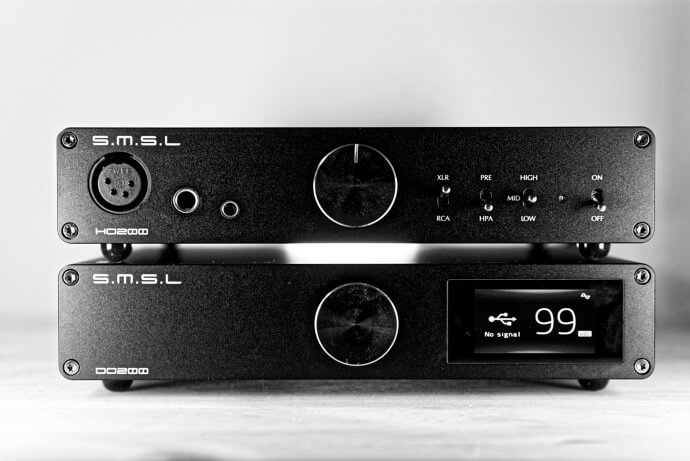
But, thanks to its comprehensive I/O, the DO200 could very well become the hub of all your sources. If I mainly used the USB port, the DAC can basically be paired with every gear I own, be it a streamer, a computer, a CD-Player, or even my PS4.
I paired the DO200 with the HO200 through its XLR and RCA inputs, and everything worked as intended. At the end of the line, I added a NuPrime STA-9 to create a full combo, with a DAC (SMSL DO200), a pre-amp (SMSL HO200), and a power amp (NuPrime STA-9), as the brand would do with the AO200.
Everyday Use
As a dedicated desktop solution, the SMSL DO200 is mostly perfect.
I stacked the DAC over the HO200, plugged a power supply, linked the two devices with XLR cables, and connected my computer thanks to the provided USB cable. And, once connected, the DAC was immediately recognized by both my PC and MAC/ Good news.
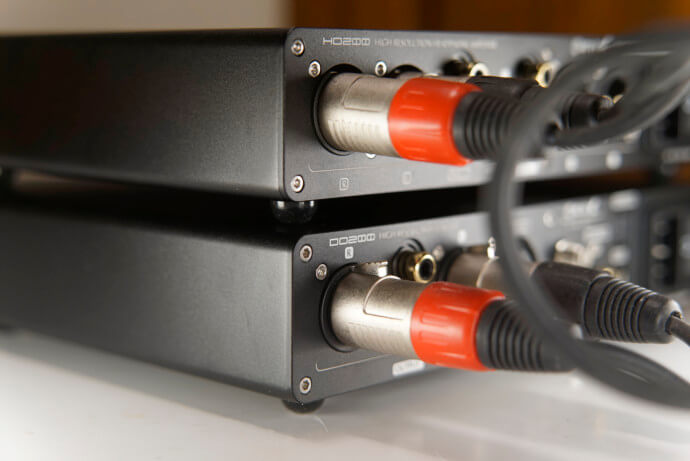
Bluetooth is a nice addition and if the DO200 should be connected to a real Wi-Fi streamer, this input can be a nice option if you just want to quickly listen to a track from your phone.
The control knob makes everything easy to control but feels a bit too loose in my opinion. Yet, you’ll get used to it over time, and, if I tweaked a lot of settings at the beginning, once I found the right one, I left the knob untouched 90% of the time.
Full Menu
If you want to dig inside the menu, those settings come as:
- Inputs: USB/OPTICAL/COAXIAL/AES/I2S/BLUETOOTH
- Outputs: ALL/XLR/RCA (normal) – ALL/XLR/RCA (inverted) // in case you want to inverse the phase
- PCM Filter Fast Linear / Minimum Phase / Slow Minimum // I didn’t hear a real difference though
- SPDIF mode: normal mode (the signal is fed directly to the Sabre DAC) / processor mode (the signal is fed to the XMOS CPU, before the DAC) // this setting is only relevant if you use optical/coaxial/AES inputs
- Sound color: Rich 1/2/3, Tube 1/2/3, Crystal 1/2/3, Standard // if you want to change the color of your sound
- Pre-mode: vol fixed, volume is fixed on max output level / vol Variable, volume can be adjusted, like a pre-amplifier
- FN Key: you can choose which key to assign to fn on the remote
- DPLL: a special function embedded in ESS series products, that allow you to adjust the DPLL and find the right balance between anti-clock jitter and input tolerance.
- I2S mode: normal/inverted // only relevant when you connect an HDMI source
- DSD Channel: same as above
- DSD Flag: same same, check it if you don’t get sound while using the HDMI port
- Dimmer: you can set up how long the screen will remain lit after use (5 – 60 seconds)
- Brightness : 6 levels of brightness
- Reset: as it says
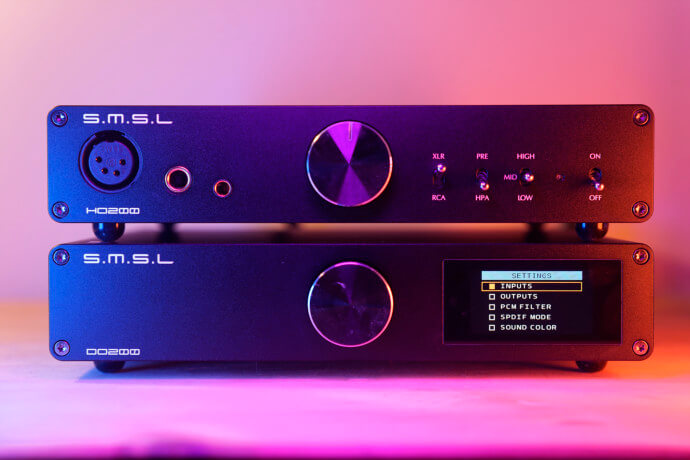
So a lot of options, but not all of them are relevant and if you stick to USB like me, you won’t have to touch any of those settings.
On that good word, let’s check the specs.
The review continues on Page three, after the click HERE or by using the jump below.
Page 1: About the brand
Page 2: Design & Build Quality, UI & Usage
Page 3: Specifications
Page 4: Sound performances





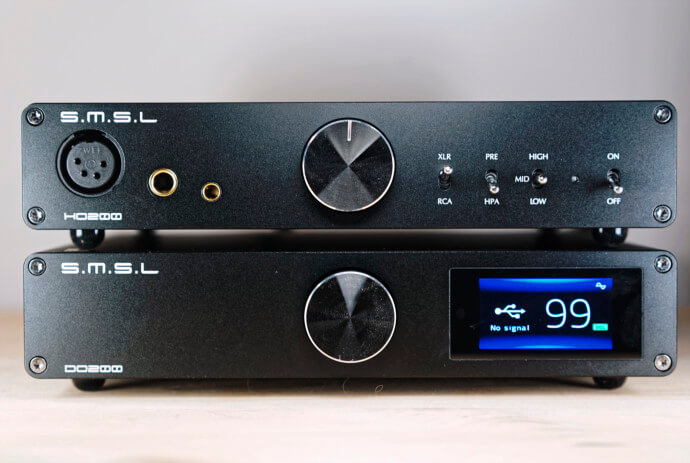
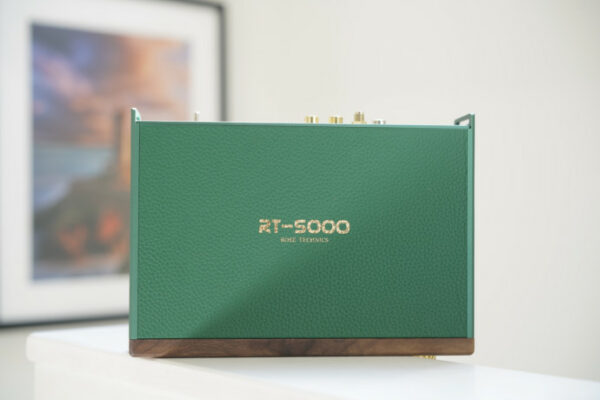
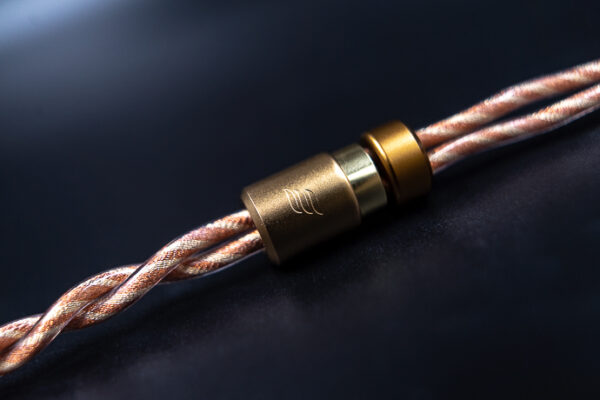
Andres
nice review
Could you compare it with D1se, already a review here, would be really good to know the differences.
kind Regards